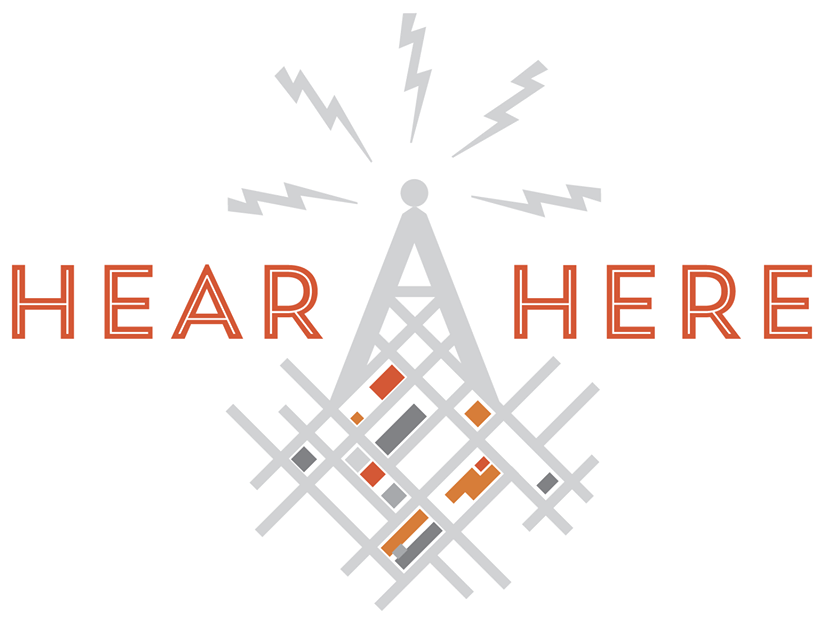William Koch
William Koch explains how the plank road was built to connect North and South La Crosse. He recalls people walking on the sidewalk beside the road and how it was so loud you could tell how many people were coming.
This interview comes from the UWL Oral History Program.
Transcript
Location: Bridge over the La Crosse River (2 Copeland Ave)
William Koch: Well in the beginning, uh, they had no roads between the North and South La Crosse. That was all marsh up here, you know, the Old—what we called the Old Causeway now, see. Well, that old causeway, uh, was all marsh so in order to make a road so that you could get to the South Side and have communication between the two parts of the city, they took these four foot edge-ins—they were tied in bundles, you know, they were surplus, you know. And they throwed them in the marsh, all along so there is sawdust and refuge and all kinds of stuff from the sawmill was throwed in there and they finally got a cow path built through there that they could go, you know, up and down between the North and South La Crosse.
You know, our board sidewalks in the city were made out of boards—they were three-inch boards and the way they made those was they laid—they laid stones down on the ground, on the dirt. And then they’d take a two-by-four and run it along as a stringer, you know, underneath and on top of these stones, and then they’d nail on one-inch boards on top of that and that was your sidewalk. Not everybody had a board sidewalk, you know, but some people after awhile, they practically all had them. But some parts of the city had the board sidewalks and some parts just had plain dirt. The streets weren’t gritty, the streets weren’t gritty—it was just dirt streets, see.
And, uh—and, uh, but the plank road, which was rightfully named. It was plank—it was two-inch plank. And then along the west side of the plank sidewalk, they had posts about every eight feet, four by four, and then they had two-by-fours nailed underneath the posts, which sort of made a fence, you know, a fence because it was real steep, right at the edge of the—edge of the Causeway and it was real steep and they didn’t want anybody to fall off the sidewalk ‘cause it was a little higher than the marsh, you know by about maybe eight or nine feet from the marsh ‘cause it was built up. And, uh, that sidewalk at night—there wasn’t as much noise then as there is now—but many times we used to walk to the North Side—in them days we all had leather heals, you know, and they had these iron heel plates, or cast—or cast iron I guess—there were a couple pegs and people had them on their heels so they wouldn’t wear them out so fast. And you could hear them walkin’—you could hear people walking on that plank road, you know, you’d hear them walk. You’d notice about how many people were coming or going, you could hear them walking on that plank road.
